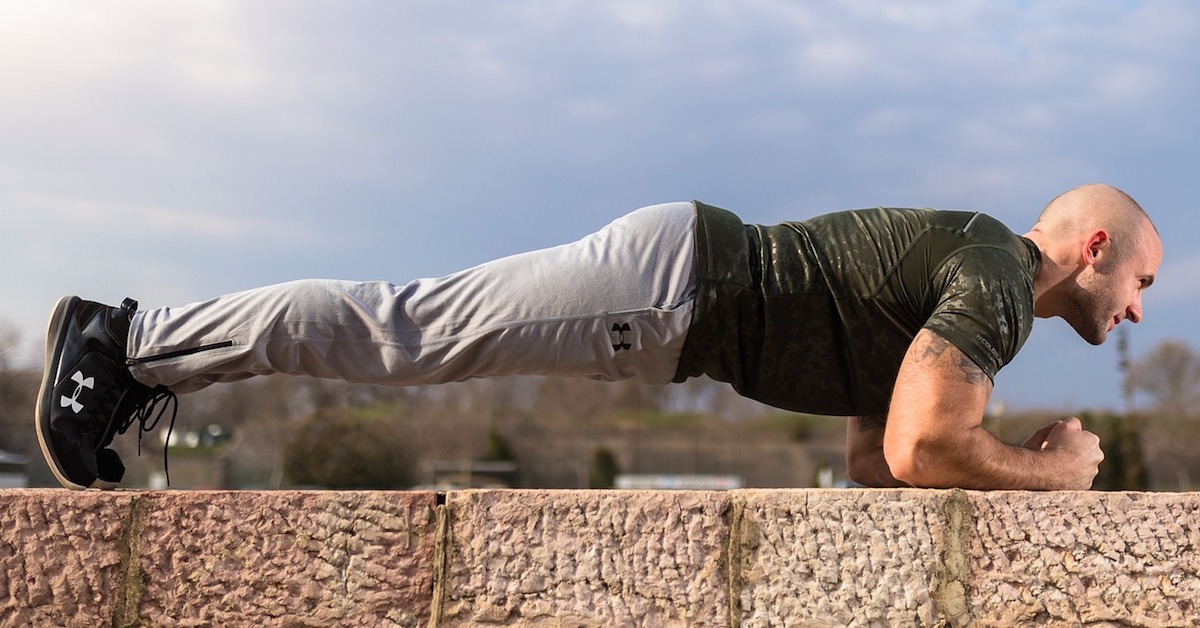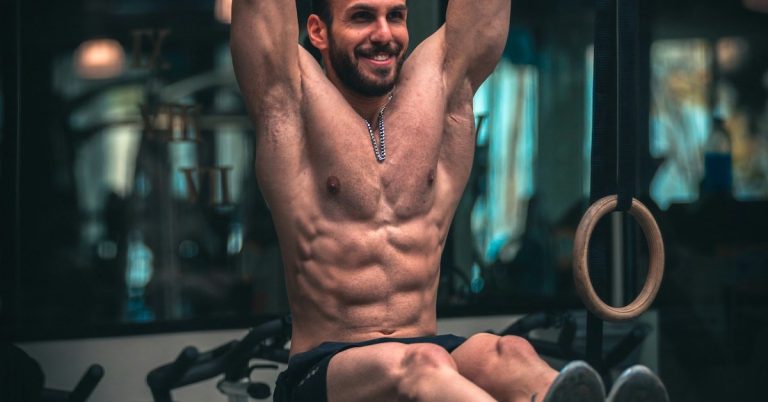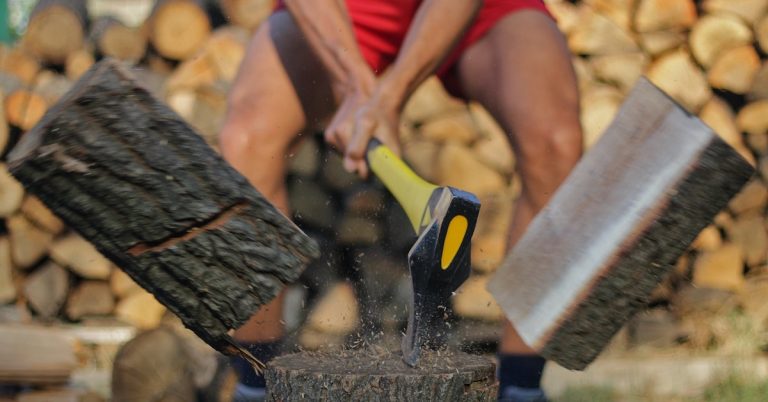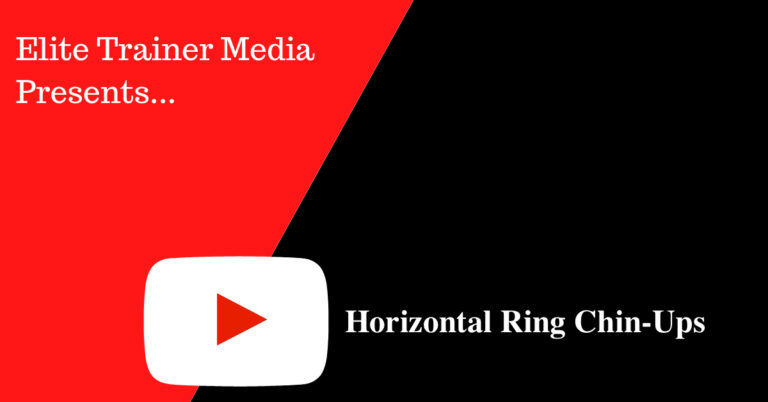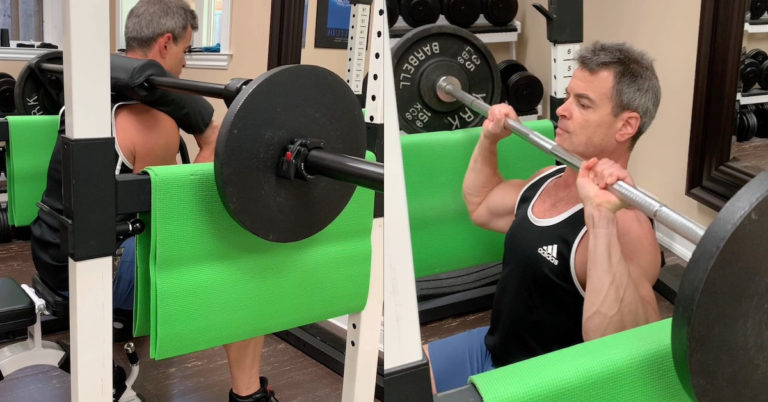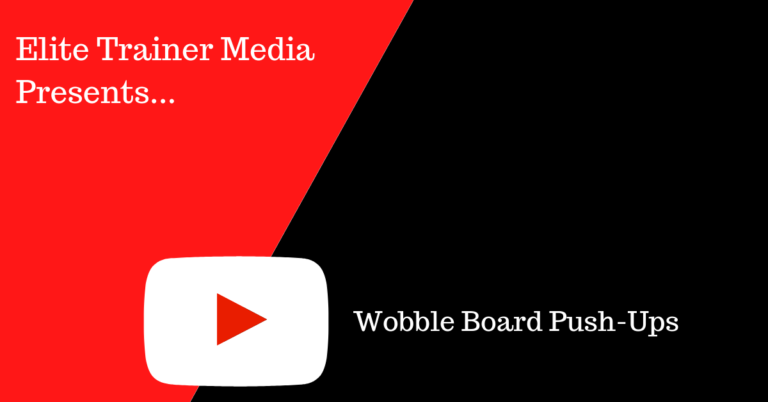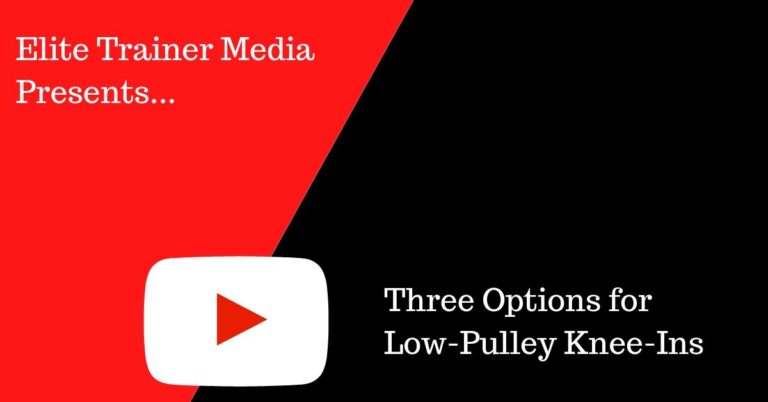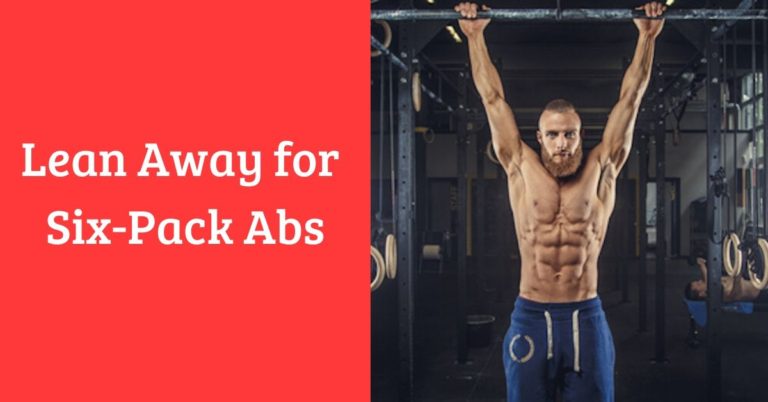After decades of pain-free living, I was blindsided by lower back issues late last year. Everyday activities became a challenge, and squats and deadlifts were off the table. The turning point came from revisiting Dr. Stuart McGill’s literature, specifically Back Mechanic, Ultimate Back Fitness and Performance, and Gift of Injury. This deep dive inspired a…
Hanging leg raises are a cornerstone of core training, especially for athletes, as they target the lower abdominals and hip flexors. As your strength improves, advanced variations are essential to continue challenging your core. Here, we explore two advanced hanging leg raise techniques designed to push your limits and elevate your core strength. Loading Progression…
The woodchop exercise is a dynamic, functional movement that develops core strength and rotational power. It targets the abdominals, obliques, and lower back while engaging the shoulders, hips, and chest as stabilizers. And don’t worry—you don’t need an axe. In the gym, the safer alternative is a cable machine with an adjustable pulley. Here’s how…
First workout of the year and I had the pleasure of doing horizontal ring chin-ups (also known as inverted rows). This is a great exercise—if it’s done right! Three key points: brace the core, set the shoulder blades to start, and pause in the top (contracted) position. It’s natural for your range to diminish a…
Inserting strategic pauses when lifting weights is an excellent way to break inertia and increase muscular involvement. Pausing in the bottom position of a lift helps dissipate the stretch-shortening cycle, reducing elastic rebound from tendons and forcing the muscles to do more of the work. If you rest the bar for a solid two seconds…
Here’s a way to make push-ups more challenging: place your hands on a wobble board, elevate your feet on a step, and wear a weighted vest to increase the load. Aim for a full range of motion and keep the wobble board level by bracing your core throughout the set. In the video below, my…
In most gyms, you’ll see people doing knee-ins with a medicine ball or dumbbell held between their feet. While that adds resistance, it also forces the hip flexors to work overtime just to keep the weight elevated — because the resistance is vertical. A smarter alternative is to use horizontal resistance with a low-pulley cable….
The lean-away chin-up is a great exercise not only for your lats and biceps but also for the subscapularis, serratus anterior, triceps—and believe it or not, the abdominals. Yes, a strong contribution from the abdominals is required to stabilize the core during lean-away chin-ups, especially when additional loading is used. It’s not uncommon to hear…
A classic debate among fitness professionals is whether the abdominals should be divided into upper and lower sections. Some experts argue that the abdominals function as a single muscle, with no distinction between upper and lower portions. However, research suggests otherwise—you can selectively recruit different segments of a muscle depending on the type of exercise…

